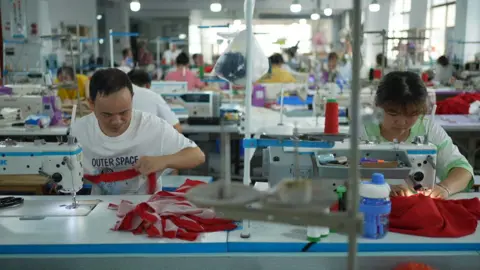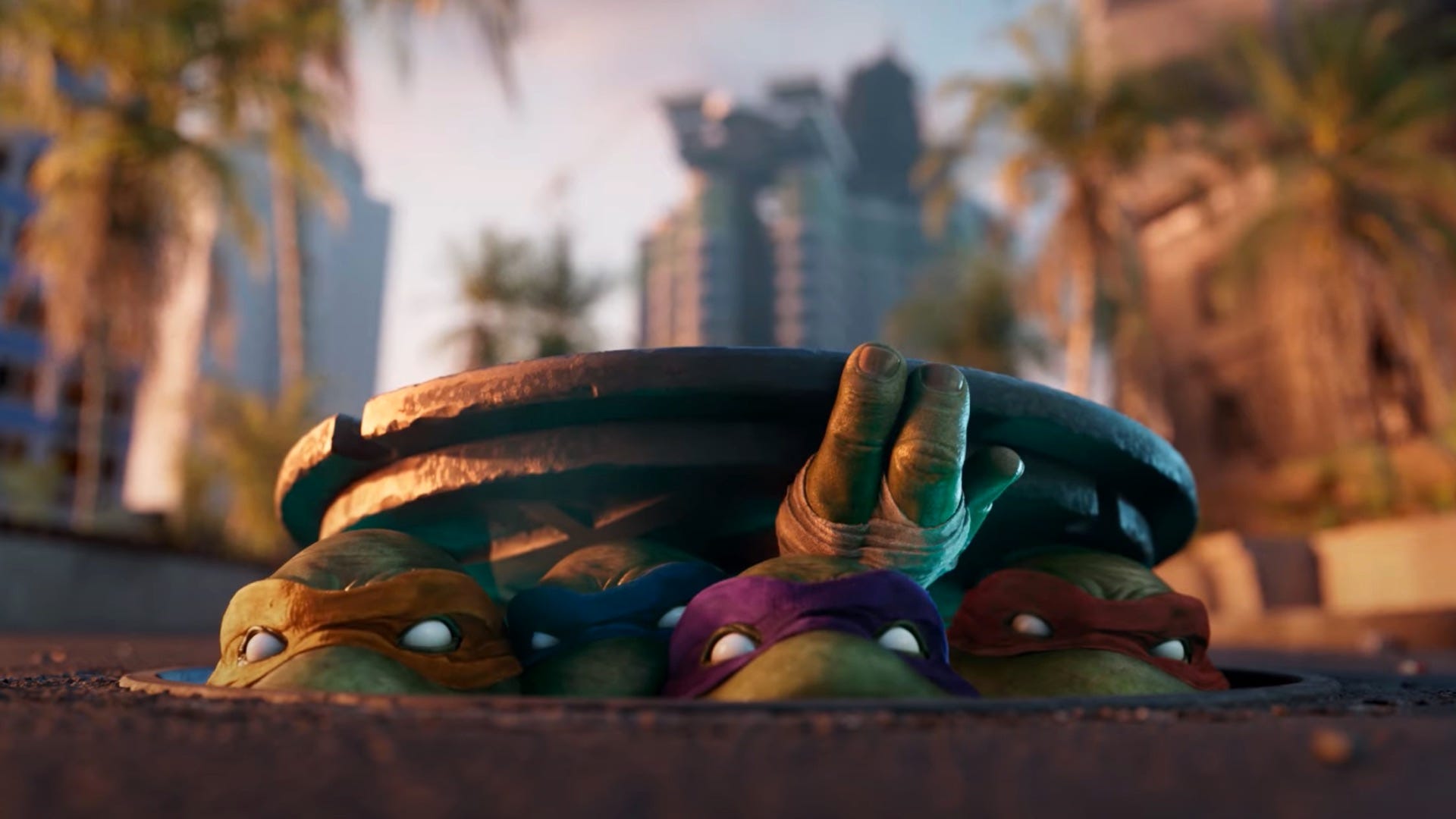
For most generations, the word ‘bop’ simply means a good tune – the kind you’d blast at a party or sing along to at a school disco.
But for today’s children, ‘bop’, ‘school bop’ and ‘lala bop’ carry a much darker meaning. The Mariam-Webster online dictionary defines ‘bop’ as an ‘offensive term for someone (usually a young woman) seen as promiscuous’.
At its core, this trend objectifies and degrades women and girls. Nothing new, you might say. Every generation has a version, from ‘trollop’ to ‘slut’.
But Titania Jordan, author of Parenting in a Tech World and Childhood 2.0, tells Metro that ‘bop’ is particularly worrying, as it forms part of a disturbing ‘cruelty competition’, with young boys increasingly competing to be the funniest, harshest and most viral.
‘When boys and young men (and even other women) participate, they reinforce the idea that mocking women is funny, acceptable, or even admirable,’ she explains.
What’s more, social media platforms often reward these videos due to engagement and virality.
The list of derogatory terms hurled at young women and girls is growing by the day and it’s being charged by Gen Alpha – young boys born after 2010.
It’s an issue that’s been catapulted into the spotlight recently, after Stephen Graham’s hit Netflix show Adolescence brought attention to incel culture and young boys turning to toxic online communities.
The show’s insight into the ‘manosphere’, hidden and derogatory emojis used by teenagers, and the growing impact of misogynistic influencers only scratched the surface of the damaging effects of online culture for today’s schoolchildren.
It’s opened eyes for thousands of parents and has sparked conversations in parliament on how to protect young people from violent and harmful content online.
The word ‘bop’ is just another term parents need to look out for. But where has it come from?
Where did the term ‘bop’ come from?

According to Titania, the term ‘bop’ first gained traction through a 2021 song titled ‘Lala Bop’ by rapper Almighty Rexxo. In a TikTok she that in 2022, the song was used in call-out videos on social media, where people used it to shame others for allegedly ‘dating around’ or being perceived as promiscuous.
Titiana clarified that ‘lala bops’ are most commonly directed at women. She explains: ‘It implies that they have a high “body count” which is slang for how many people someone has hooked up with.’
She adds: ‘Lala bops may not even be true, and it could just be vicious rumours circulating. Like many TikTok or social media trends with negative connotations, there are far too many to name.’
How has the ‘bop’ trend gained popularity?
There are many disturbing examples of the ‘bop’ trend online. For obvious reasons, we won’t be directing you to specific videos, but our reporters have easily found examples of teenagers branded ‘bops’ on social media.
In one clip, a boy is seen hanging out with a female classmate, but then pushes her away as she’s referred to as ‘the school bop’.
Another video shows an image of a young girl with her supposed ‘body count’ on screen, with the caption branding her a ‘bop’. The comments section only adds to the misogynist rhetoric.

There are also numerous examples of girls reacting to being called a ‘bop’. On the Reddit forum Vent, one user shared: ‘I got called a bop today. I know I’m probably just being dramatic about this, but I can’t help but feel very upset about it.’
The comments that followed suggested that the boy who called her a ‘bop’ might have done so out of insecurity. One user wrote: ‘A lot of dudes just say that to make themselves feel better. Especially if they think you’re too good for them. They will call you a bop and find any reason to say it.’
Why are trends like these so dangerous?
Titania, who is also and Chief Parent Officer at Bark Technologies, says young women who see themselves represented in these videos, can ‘feel public shame or ridicule’ and ‘internalise harmful standards about what it means to be “acceptable” or “attractive”.’
They might ‘experience anxiety about their social image’, she adds, ‘leading to self-esteem issues or worse, mental health struggles like depression or body dysmorphia’.

It’s not as simple as blaming the boys though. As Adolescence highlighted, there’s a complex web of challenges that drive young men towards incel discourse. Some may be participating in these trends due to ‘peer pressure and social currency’, says Titania, adding that this behaviour is rewarded with likes, comments and attention.
She adds: ‘Many boys haven’t been taught to empathise with how harmful this content can be – or haven’t seen strong models of healthy masculinity.’
So, what can be done? Titania suggests parents should teach their daughters ‘resilience and digital literacy’.
‘Teach them to critically assess online content. Help them understand that these trends reflect more on the creators than on them,’ she says. ‘I know that’s much easier said than done.
‘Be a safe space. If your daughter is targeted or upset by a trend, listen without judgment and minimise any lecture. Validate her feelings. Let her know she’s not alone.’
Meanwhile, for young boys, she claims it’s important to start conversations about respect and empathy early.
‘Don’t just talk about what not to do—explain why it matters and model appropriate behaviour.
‘Challenge the culture. If you or they see a trend that targets women or marginalised groups, talk about what’s wrong with it and why it spreads.
‘Model healthy masculinity. Show them that strength includes kindness, courage includes speaking up, and popularity doesn’t excuse cruelty.’
Do you have a story to share?
Get in touch by emailing [email protected].










 Bengali (Bangladesh) ·
Bengali (Bangladesh) ·  English (United States) ·
English (United States) ·